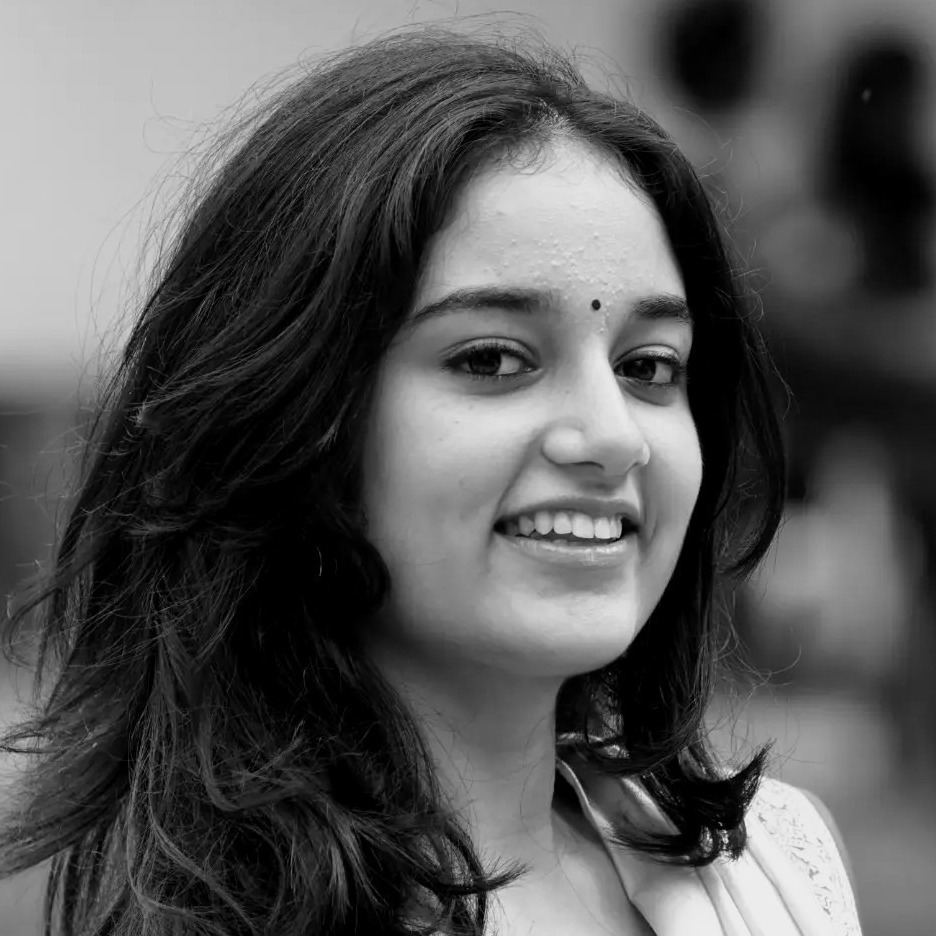There are no items in your cart
Add More
Add More
| Item Details | Price | ||
|---|---|---|---|

The NIFT Entrance Exam consists of two parts: the NIFT CAT (Creative Ability Test) and the NIFT GAT (General Ability Test), and then the studio test. To qualify for the studio test, you must first clear the CAT and GAT. The CAT tests your drawing and creativity while the GAT is to checks your aptitude.
NIFT conducts its entrance to make sure the students it’s picking are super wild with their imagination or not. Or they are just limited to the usual way of things. So, for that they want to see what new you can bring to the table. More than the art skills you have, your imagination matters. Even in the long run. It’s necessary to be designer. It’s what is going to help you stand out.
NIFT doesn’t provide any defined syllabus for its exam. But from observing previous year papers, we’ve found out the necessary things for you to do to prepare for the exam. One of them, is obviously sketching. Sketching is like exercising. It’s good in many ways. It’s good for observation and visualization skills. It’s good for overall skill development and many more. You could get started by carrying your favorite sketchbook around everywhere and drawing whatever you see. Or, you could take a more structured approach where you tackle three major fields of drawing. Which are as follows:
a. Analytical Drawing:
This domain encompasses geometric drawing and involves sketching non-living man-made objects such as products and automobiles. Start with simple exercises like drawing lines, circles, and ellipses freehand on paper, and practice regularly to improve your skills.
b. Organic Drawing:
Organic drawing revolves around natural forms such as animals, humans, plants, and nature in general. Although it may seem free-flowing, the foundation of basic shapes still underlies this style. Embrace the beauty of organic drawing and let your creativity flourish.
c. Composition and Scenarios:
This phase merges the skills you've developed in analytical and organic drawing, allowing you to create compelling scenarios that captivate viewers. Let your imagination soar as you bring together different elements and concepts to tell a visual story.

While NIFT doesn’t provide any official syllabus. We are your little shoemaker’s secret fairies. We’ve done the job and have the content ready. So come on in, as we spill tea. All the data is accumulated by observing previous year papers and is still isn’t the official syllabus. Please keep that in mind.
Fundamentals of Visual Art – This part includes the elements of design. You have to study the visual elements (i.e., shape form, texture, space, color) and the visual principals like the Gestalt’s Laws. After all this you get to making compositions.
Communication design – This portion has all the things you would do as a communication designer; poster design, typography, character design, storytelling and storyboarding, animation, logo/mascot design, icon design, book covers, instruction sheets etc.
Product Design and Analysis- This part is a product jungle. you have to learn to representation of products (i.e., the multiple views like exploded view, objects in perspective) manipulation and scaling, the multiple uses and problem-solving approaches.
Games and Puzzles-Questions are asked based upon various games like chess, tangram, rebus puzzle, jigsaw puzzle, spotting differences and doodling.
Observation and Design Awareness- This is all about your general awareness of things like art, architecture, famous personalities, current affairs, photography and Indian culture.
Product Drawing – This type of drawing is all about shapes. Then we get to construction of 3d forms using those shapes. It’s basically drawing all manmade objects
Organic Drawing- This is looser. It’s all the natural forms. Animals, humans, birds, plants etc.
Perspective Drawing- 1-point, 2-point, 3-point, fish eye and multiple perspectives.
Light and Shadow- Drawing and understanding natural and artificial lighting. Organic and manmade textures.
Composition and Scenarios – This involves merging all the things you’ve learnt above.
Calligraphy and Typography –the art of letters and world of typefaces
Spatial and Mechanical- Your ability to understand spaces/forms/objects and visualize them. You’ll be learning things like hidden figures, spatial analysis, blocks cutting and joining, figure and symbol counting etc.

And lastly, here are a few tips. So, crack those knuckles, flex those fingers and ace that exam!
a. Solve previous years' question papers and participate in mock tests to make sure you know what is going on.
b. Seek inspiration from renowned designers and read everything you can get on your hands. It doesn’t have to be necessarily about design. Just read! Trust me, it’s helpful.
c. Get started with compiling your work. You know, a portfolio.
d. Stay updated with current trends and innovations in the design industry. You should know all the juice in the design industry.
e. And oh boy, this one is important. Whew. Make sure you’re on time. Discipline is necessary, no matter how much you want to escape. You only getting a limited amount of time for the paper. So, take note and stick to it.
Now you know what to do. Go pick up a sketchbook and get started, Good luck!
For more information about the NIFT exam visit their website: https://www.nift.ac.in/
...

Parinita Manchanda
Communication Design/NID Vijayawada
Behance: https://www.behance.net/parinitmanchan
Linkedin: https://www.linkedin.com/in/parinita-manchanda-92a0b4240/